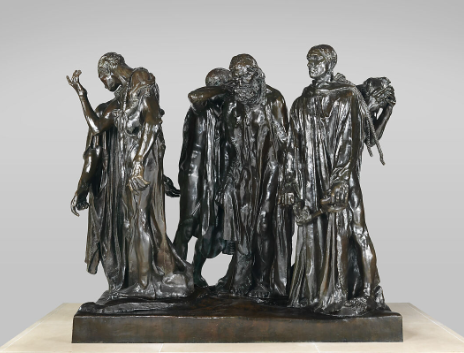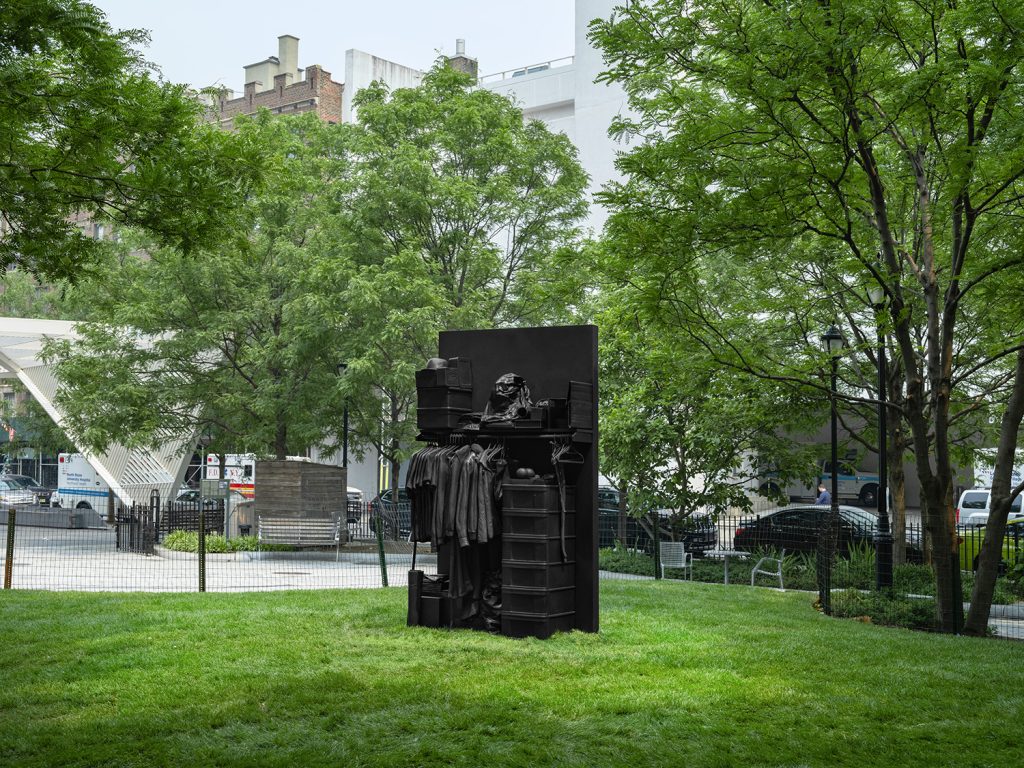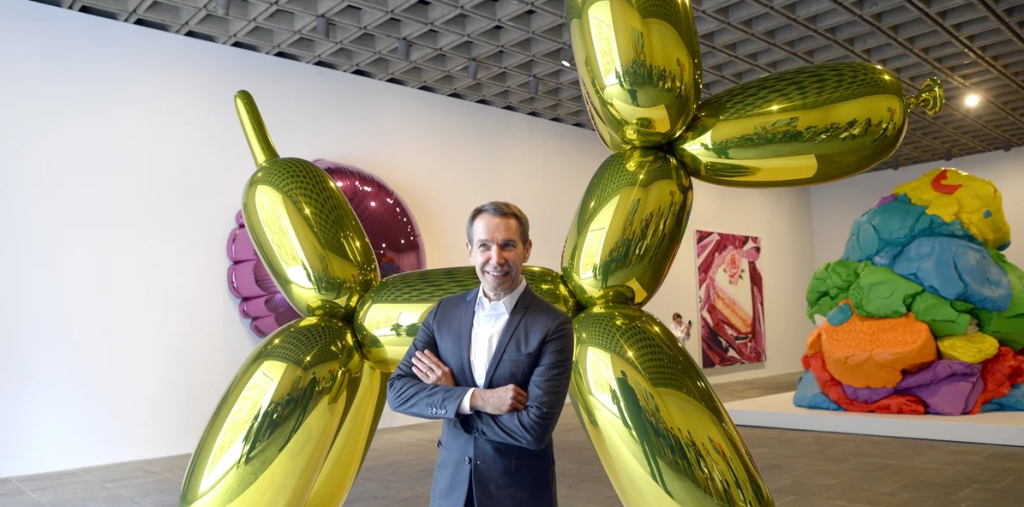Unveiling the Master: The Life and Legacy of Auguste Rodin
Auguste Rodin stands as one of the most significant figures in the world of sculpture, known for his innovative techniques and profound emotional expression. His works, such as “The Thinker” and “The Kiss,” have not only captivated audiences for generations but have also revolutionized the art of sculpting. Understanding his life and contributions helps us appreciate the depths of human emotion captured through art.
The Early Years: A Journey Through Struggles
Born in Paris in 1840, Rodin faced numerous challenges throughout his formative years. Despite a passion for art, he struggled to gain acceptance and credibility in the competitive artistic community. After studying at the École des Beaux-Arts, Rodin faced criticism and rejection from various exhibitions. However, these early obstacles fueled his determination. This perseverance ultimately led him to develop a unique style, embracing the imperfections of human form and emotion, which would distinguish his work from his contemporaries.
Revolutionizing Sculpture: Art Beyond Tradition
Rodin’s approach to sculpture broke away from the meticulous, idealized forms of classical art. He focused on realism, capturing the nuances of the human experience, often emphasizing movement and emotion over perfection. His notable techniques included the use of rough surfaces and expressive forms, which added depth and dynamism to his sculptures. Works like “The Gates of Hell” showcased his ability to convey complex narratives through intricate details. Rodin’s vision not only transformed his own sculptures but also inspired future generations of artists to explore new possibilities in their work.
A Lasting Influence: Legacy and Recognition
Rodin’s impact on the art world extends far beyond his lifetime, as he passed away in 1917. His innovative vision laid the groundwork for modern sculpture, influencing countless artists and movements. Museums worldwide proudly display his works, inviting new audiences to engage with his remarkable artistry. Additionally, his commitment to exploring human emotion continues to resonate with contemporary artists seeking to express the complexities of life. In 1919, Paris even established the Musée Rodin, dedicated to preserving his masterpieces and ensuring his legacy endures.
In conclusion, Auguste Rodin’s life and work remind us of the power of perseverance and emotional expression in art. His journey offers inspiration for artists and art lovers alike. To learn more about his incredible legacy and explore his masterpieces, consider visiting a local museum or researching further into his life and works. Engaging with Rodin’s art can deepen our understanding of the human experience and enrich our appreciation for creative expression.


